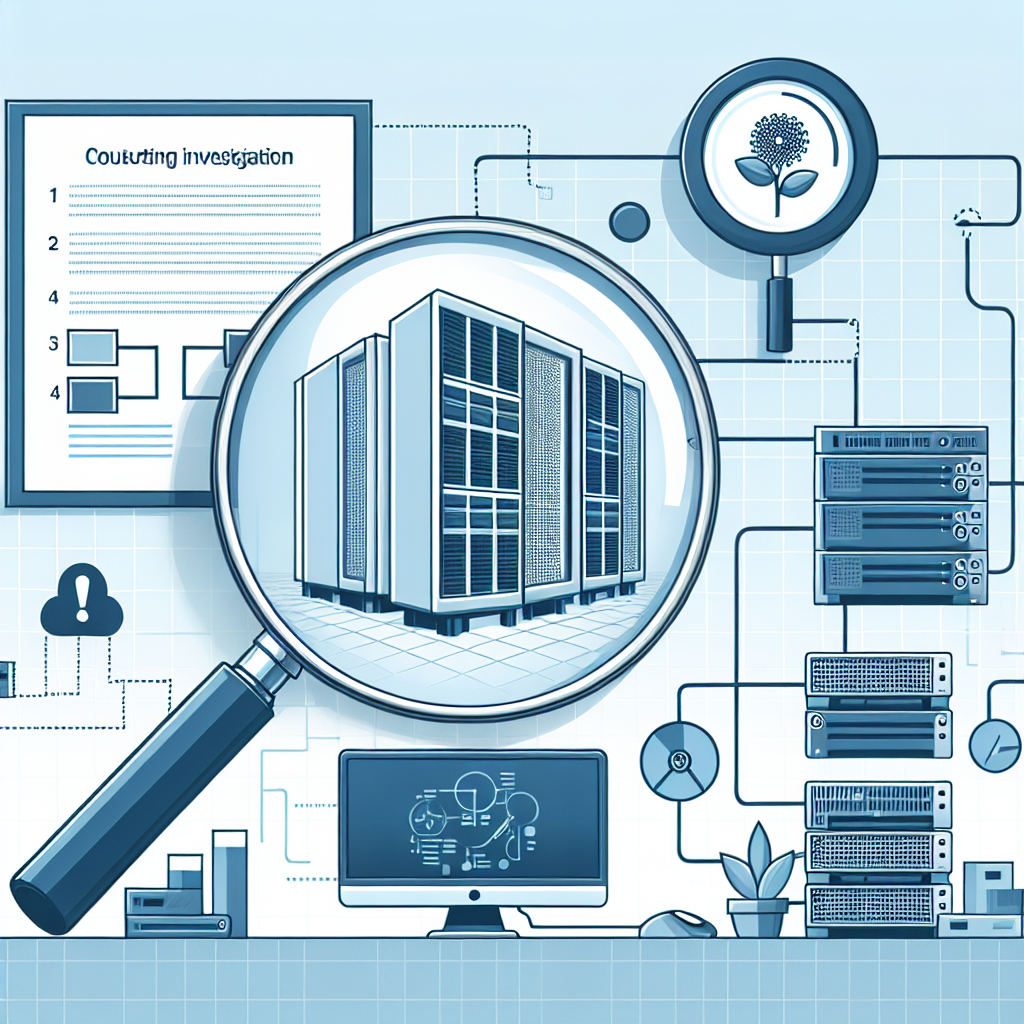Your cart is currently empty!
A Step-by-Step Guide to Conducting Effective Data Center Root Cause Analysis

Data centers are the backbone of modern businesses, housing critical IT infrastructure and data that are essential for day-to-day operations. When issues arise within a data center, it is crucial to conduct a root cause analysis to identify the underlying reasons for the problem and prevent it from happening again in the future. In this article, we will provide a step-by-step guide to conducting an effective data center root cause analysis.
Step 1: Define the Problem
The first step in conducting a root cause analysis is to clearly define the problem that needs to be addressed. This may involve gathering information from stakeholders, reviewing incident reports, and identifying the specific symptoms or issues that are impacting the data center’s performance.
Step 2: Gather Data
Once the problem has been defined, the next step is to gather data related to the issue. This may include reviewing system logs, monitoring performance metrics, and interviewing staff members who were involved in the incident. It is important to collect as much data as possible to ensure a comprehensive analysis.
Step 3: Identify Possible Causes
With the data gathered, the next step is to identify possible causes of the problem. This may involve analyzing patterns in the data, conducting tests or simulations, and brainstorming potential scenarios that could have led to the issue. It is important to consider both technical and human factors when identifying possible causes.
Step 4: Narrow Down the List of Causes
Once possible causes have been identified, the next step is to narrow down the list to the most likely root causes. This may involve conducting further analysis, consulting with subject matter experts, and prioritizing causes based on their impact and likelihood. It is important to focus on the most probable causes to ensure an effective analysis.
Step 5: Develop Solutions
After identifying the root causes, the next step is to develop solutions to address the problem. This may involve implementing technical fixes, updating procedures or policies, or providing training to staff members. It is important to consider both short-term and long-term solutions to prevent the issue from recurring.
Step 6: Implement and Monitor Solutions
Once solutions have been developed, the final step is to implement them and monitor their effectiveness. This may involve testing the solutions in a controlled environment, tracking performance metrics, and gathering feedback from stakeholders. It is important to continuously monitor the data center’s performance to ensure that the root causes have been effectively addressed.
In conclusion, conducting an effective data center root cause analysis is essential for identifying and addressing issues that impact the performance and reliability of IT infrastructure. By following the steps outlined in this guide, data center professionals can ensure a thorough and comprehensive analysis that leads to sustainable solutions and improved operational efficiency.

Leave a Reply